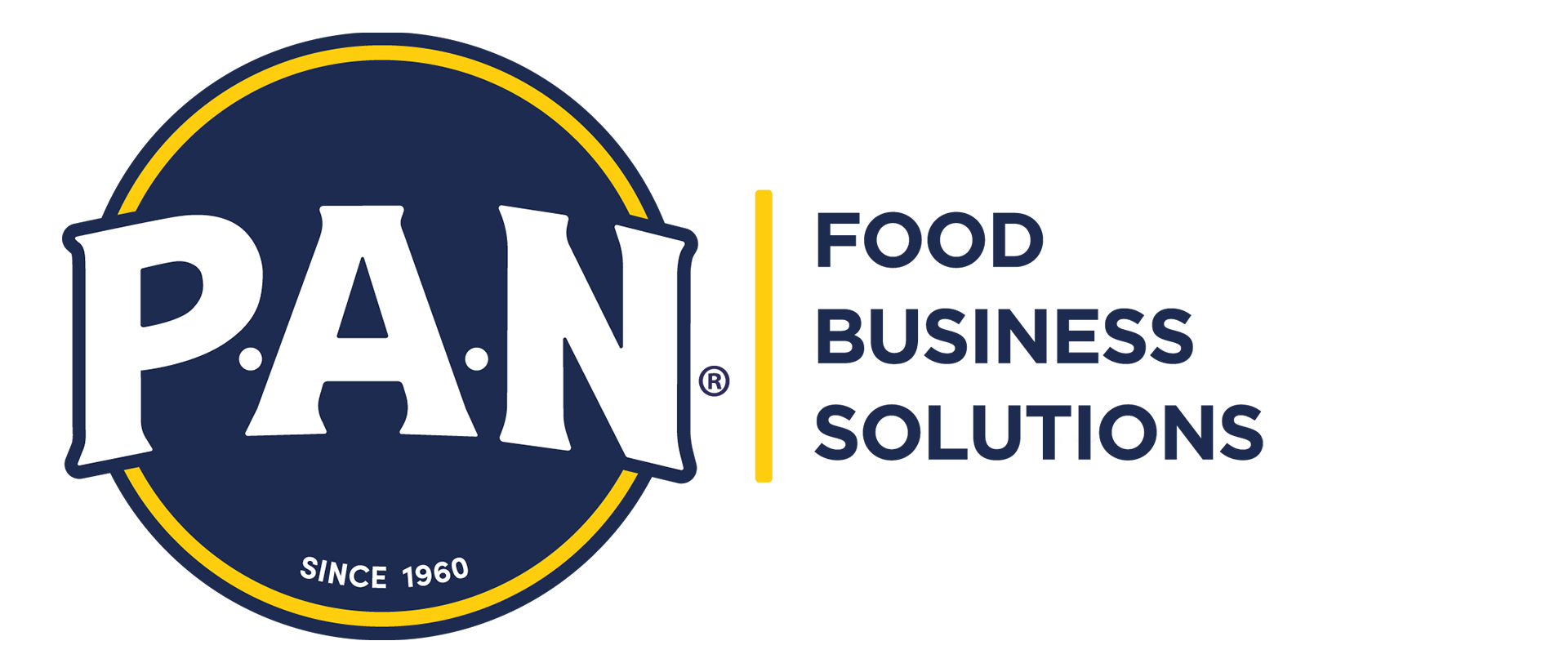In the world of food businesses, a topic that I continuously see when training entrepreneurs is the fact that they want to turn their hobby of cooking into an open-door business and have their own restaurant.
So, for those who are passionate about selling what they cook, I recommend them learn about the market first.

What happens at this point? A large percentage of entrepreneurs who are passionate about cooking believe that their food is very delicious, and I am not saying the opposite, but they just assume that all people will like and buy their dishes since all their friends and family do. This part of assuming that all people will buy from them leads them to expectations without a guide or market study.
I discussed this point a few weeks ago with Octavio Regalado, a colleague and great friend from the world of marketing, and we came to the conclusion that, if you want to turn a hobby into a business, you need to study the market: what will be sold? and who will buy it? Detailed background research is essential to create sales strategies that will bring positive results and transform the hobby into a business.
In this sense, it is important to educate yourself on the following four points:

1. Who is the target audience? At the moment there is a wide audience and their pain points, their needs or their purchasing habits are unknown; they are only widely known: men – women from 18 to 60 years old.
2. Buyer persona dynamics: this is an exercise that serves as a guide for all food entrepreneurs: a fictitious character is created to represent their ideal client. This diner’s file should include: name, age, gender, place of residence, income level, marital status, personality, lifestyle, problems and solutions to those pain points.
3. Empathy mapping: this dynamic is one of my favorites when it comes to obtaining information about this ideal client. It works from the analysis of 6 aspects: what they think, feel, see, hear, say and do, as well as their efforts and results. All the information collected allows us to know a little more about our ideal client, and with this information content is created for social networks focused on them.
4. Target: It is that public that we see as a potential customer, who needs my product, and who is the target of all the marketing strategies that are applied.

Once we have determined the previous points, the next step is to continue improving the dishes, but being careful, because by being passionate we often make the mistake of not having a food concept, or a value proposition, and wanting to sell everything to take advantage of the place, but it is not effective. Many entrepreneurs like this come to me, the ones who have decided to sell Venezuelan food, as well as pizzas and hamburgers at night and at lunchtime, but they also prepare Arabic food, sell artisanal coffee and sausages.
What about this situation? You want to reach a very wide audience without any food concept, so all the effort invested to reach the right audience does not work, and the market that was studied feels confusing.

So, my recommendation is: get training, review what is being sold and create a food concept, analyze what type of food experience will be offered, what is the target market and focus all this result on business strategies reflected in your marketing plan with short-, medium- and long-term goals.
By: Valentina Salazar, food marketing consultant.
